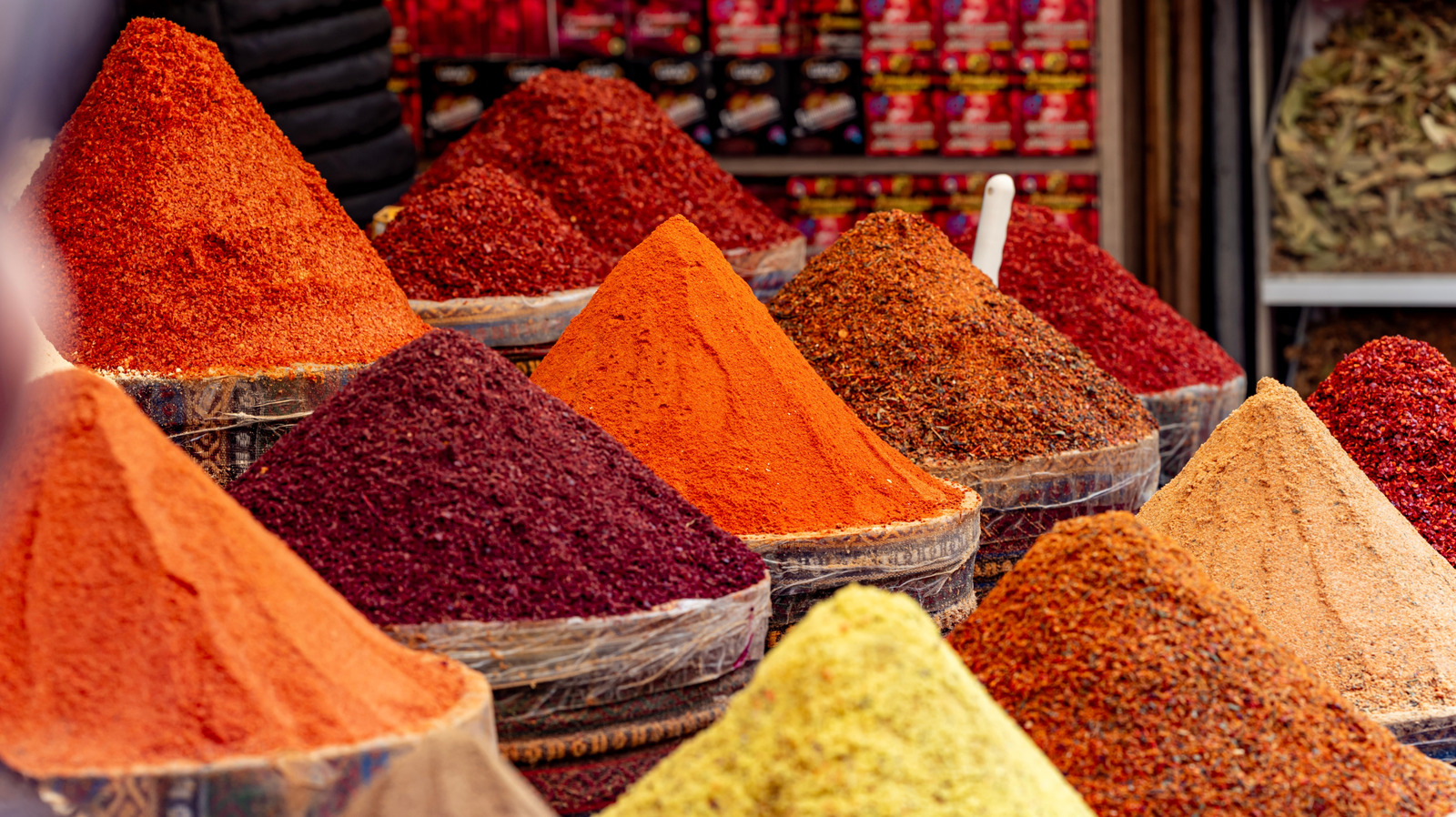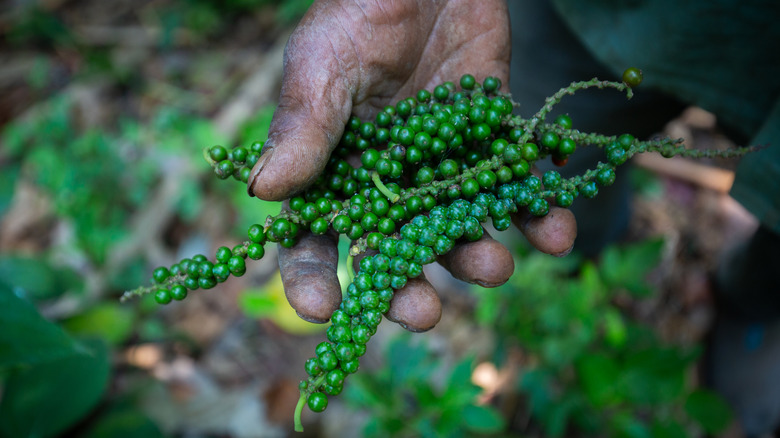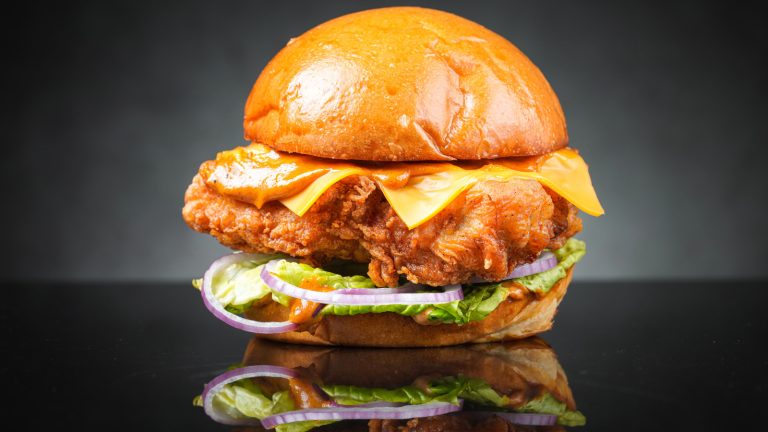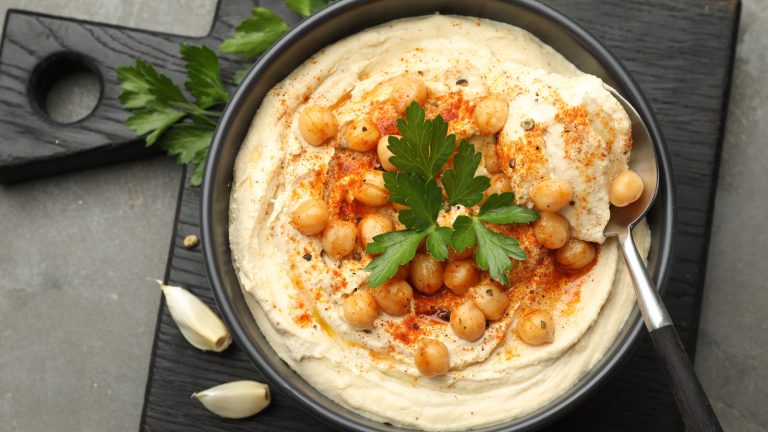Spices are … well, the spice of life. Okay, maybe that’s not the most novel train of thought, but the quest for spices has been one of the driving forces that led us to the globalized world we live in today, from Marco Polo’s journey across the Silk Road to Vasco da Gama’s journey around the Cape of Good Hope. And while uncommon and impressive cooking spices grow naturally across every country and continent, there’s one country that produces more spices than anywhere else. That country, which might not surprise you, is India.
The South Asian subcontinent has long been known for its multitude of flavors and colors, and that has not changed as global trade has modernized. Over 40% of the world’s spice trade originates from India, and of the 109 internationally recognized spice varieties, India cultivates 75. Some of the main exports include black pepper, cardamom, also known as the queen of spices, turmeric, ginger, cumin, coriander, and a wide range of chilies.
All told, the Indian spice trade made up around 12 million metric tons, dwarfing the second-ranked China’s output of 1.18 million tons and the third-ranked Nigeria’s 1.04 million metric tons. There’s also no indication of the country slowing down on its export success anytime soon. The business recorded an all-time value of $4.46 billion in 2024.
How spices traveled the world
India’s relationship with spices is ancient and multifaceted. While it’s not the home to every spice — saffron’s origins begin in Iran, for example — its various climates and consistent monsoon rains make it a naturally fertile ground for spices to take root. Black pepper began growing naturally there somewhere between five and 25 million years ago, and the earliest documented instances of cultivation of spice from the region are from around 6,000 B.C. White mustard and sesame were being used for medicinal purposes in the fourth century B.C., while turmeric and cardamom can be traced back to the eighth century B.C.
In the first millennium B.C., Arabian traders traveled through India and China, collecting spices to bring back to the Greeks — and protected their at-the-time exclusive hold on the spices coming in from Asia by, among other tricks, spreading tales of a terrifying cinnamon bird called a cinnamologus that needed to be lured away from its nest made of cinnamon sticks to harvest the tasty spice. European traders decided they’d leave dealing with the cinnamologus to the middlemen. Imagine their surprise once they established a sea route to India and discovered cinnamon trees.
The migration spices have taken as global trade has risen has influenced every corner of the world, from England’s not-quite-national dish of chicken tikka masala to the explosion in interest in turmeric as a homeopathic supplement. It’s also responsible for much of what we consider Mexican food today, as common Mexican spices like cumin, sesame seeds, and cinnamon came by way of Spanish colonizers.






